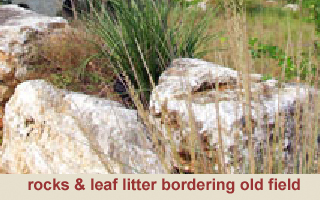Habronattus fallax (Peckham& Peckham, 1909)

Richman, Cutler& Hill 2012
Although it is a work in progress recent investigations of spider phylogeny support the hypothesis that jumping spiders diversified after the break-up of Pangaea. One line of evidence is their present-day biogeography. New World salticids are relatively distinct from the major jumping spider groups found on other large land masses. An exception to the rule, the Habronattus spiders are a characteristic North American group that evolved from an Old World lineage. However, the major diversification of Habronattus spiders (nearly 100 species) occurred in North America. Habronattus fallax is rather common in Central and Southern Texas but most of its range is within Mexico. Note the female’s somewhat uncharacteristic bold markings. A useful resource for Texas salticids is the website “Valerie’s Austin Bug Collection.”
Griswold, 1987; Maddison and Hedin, 2003, Edwards and Hill, 2008


